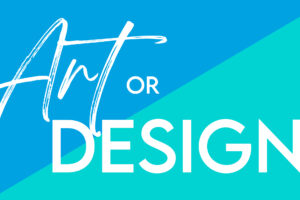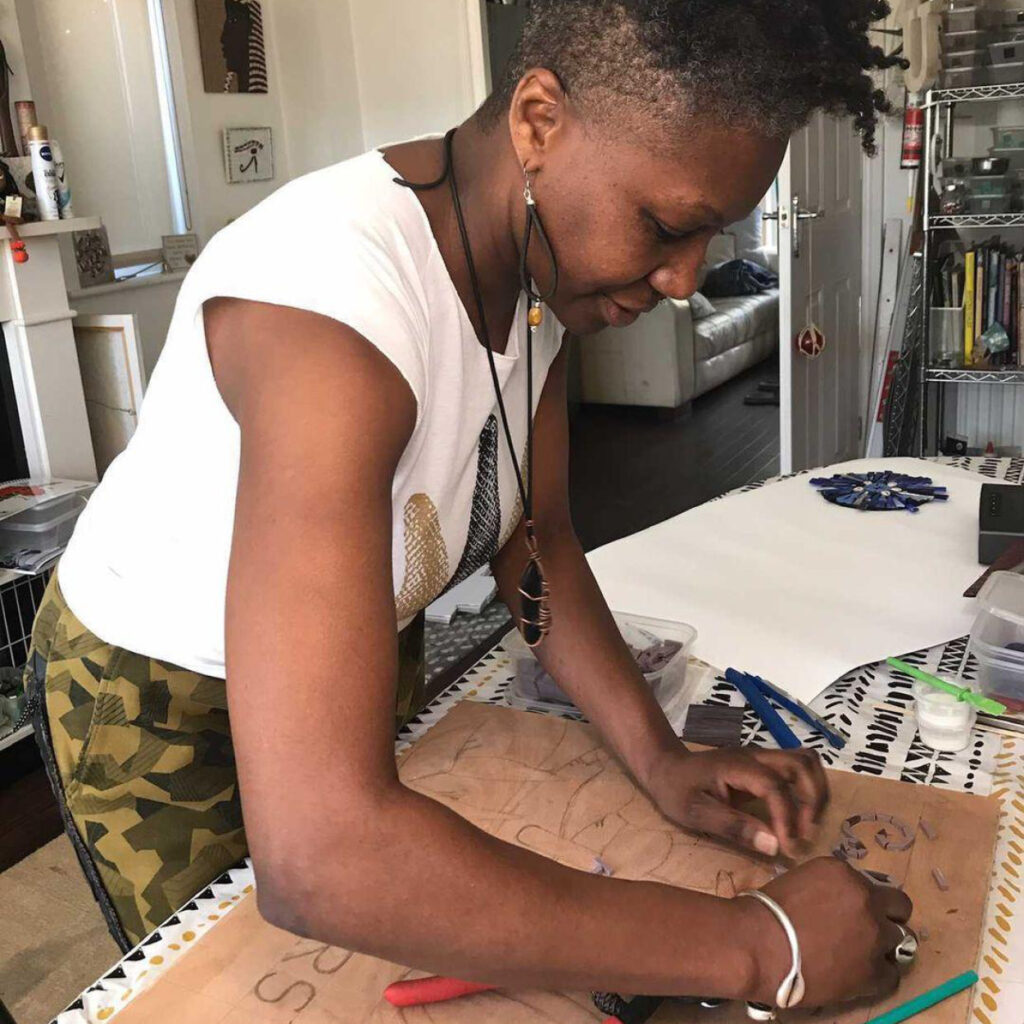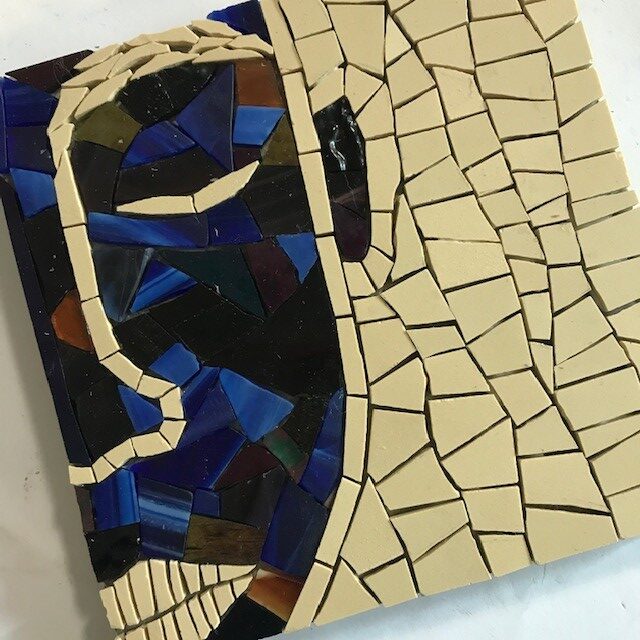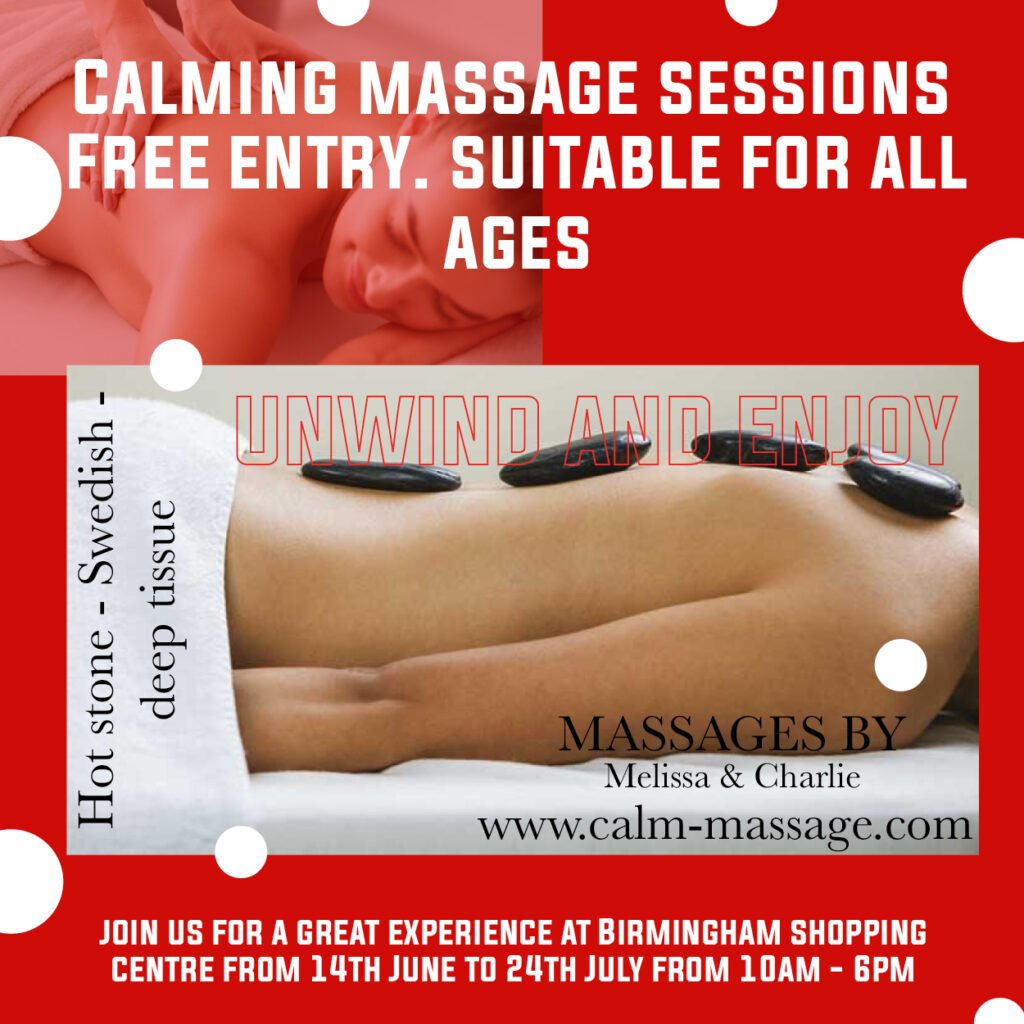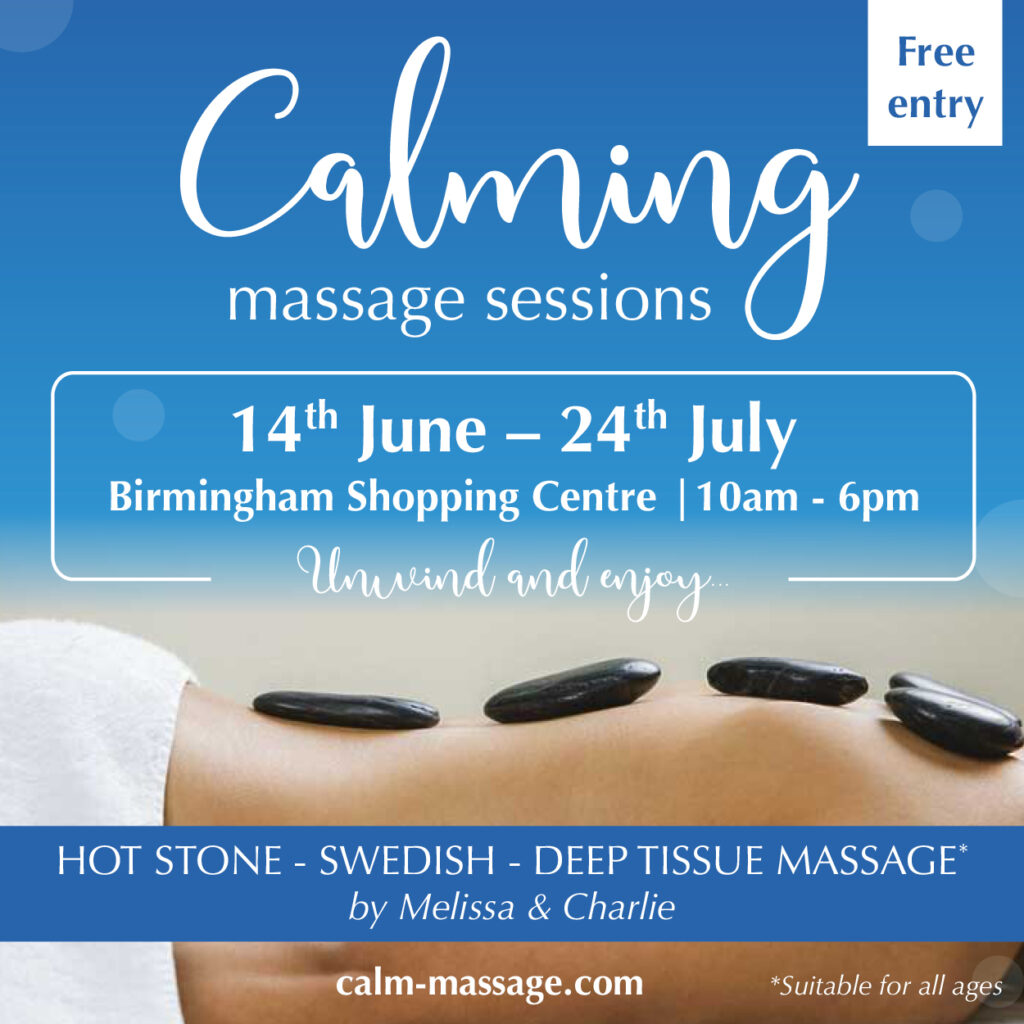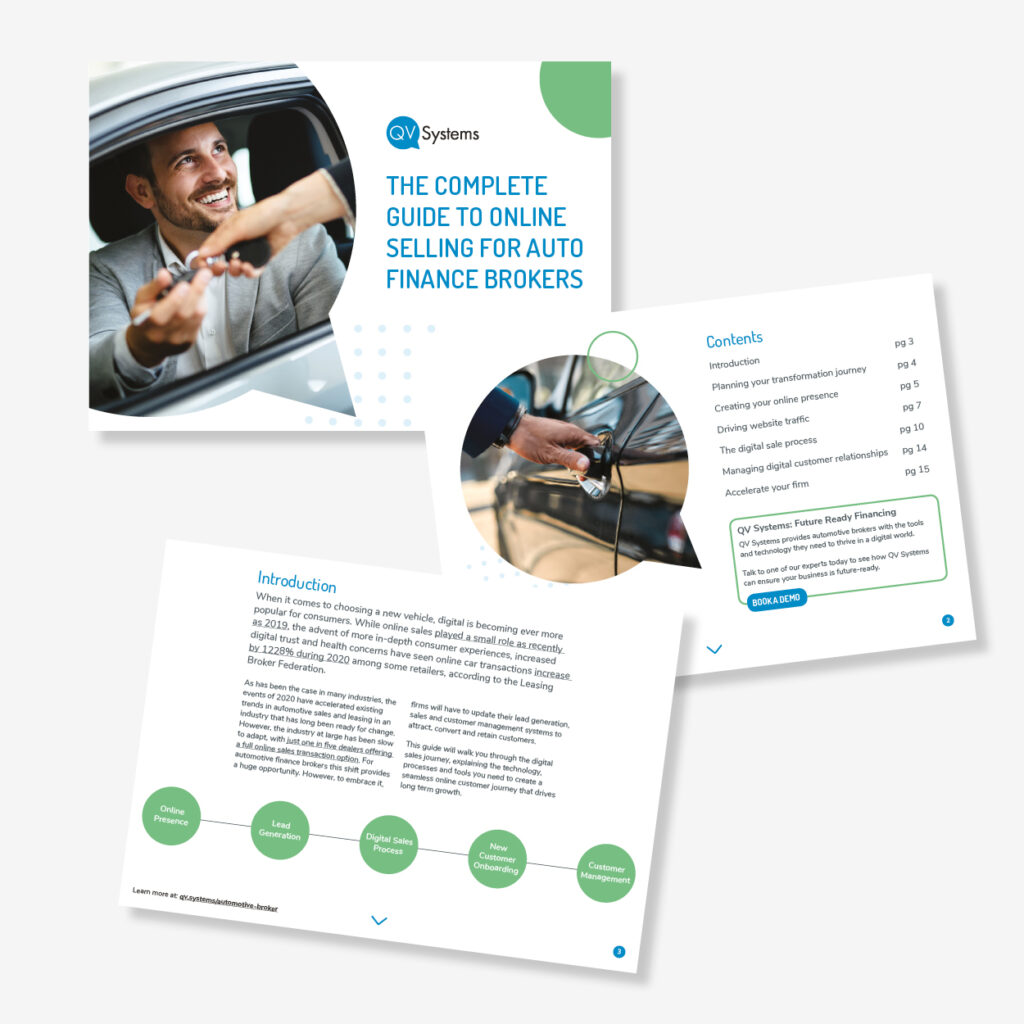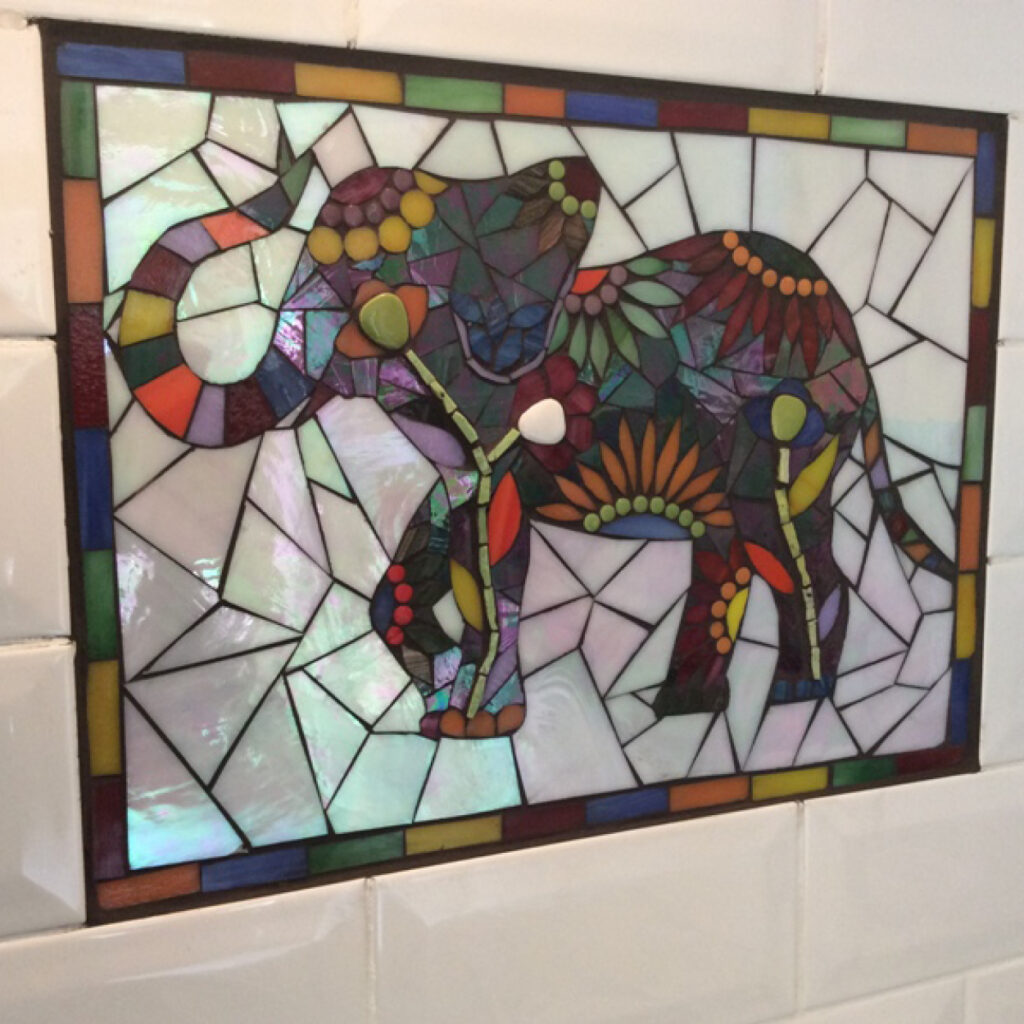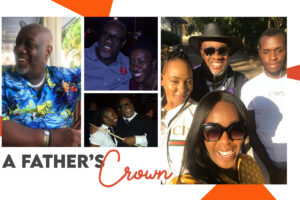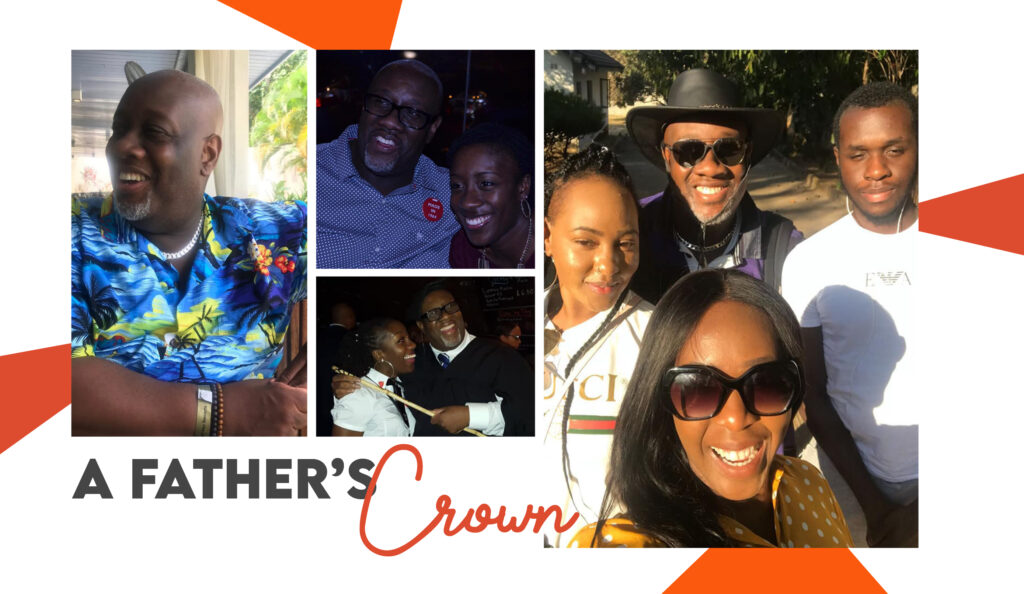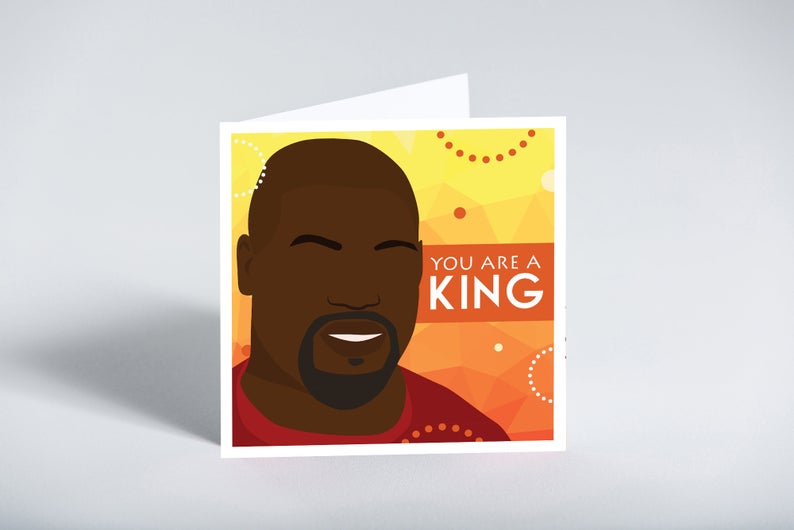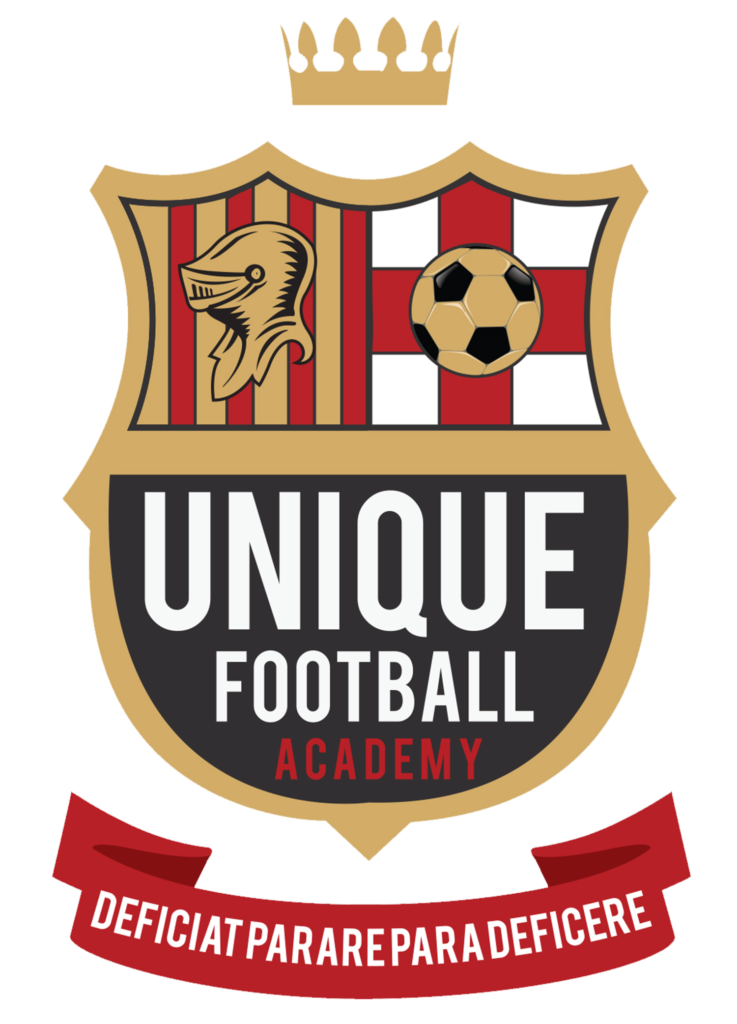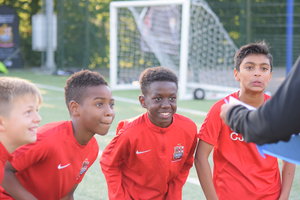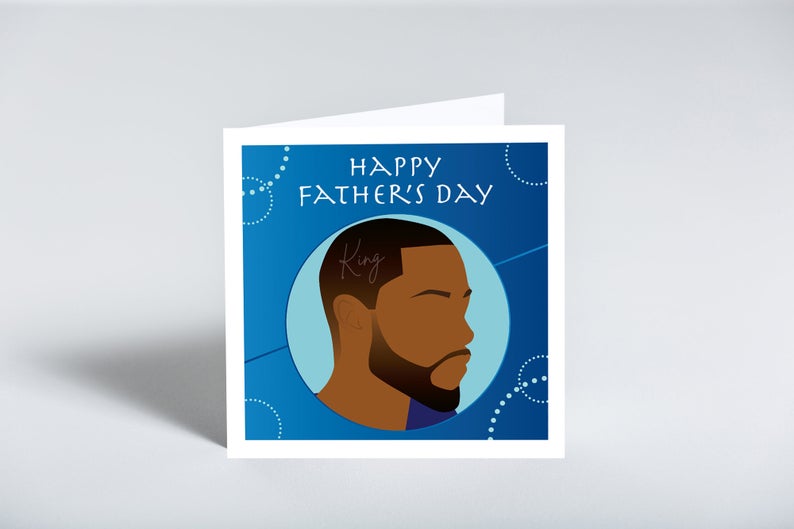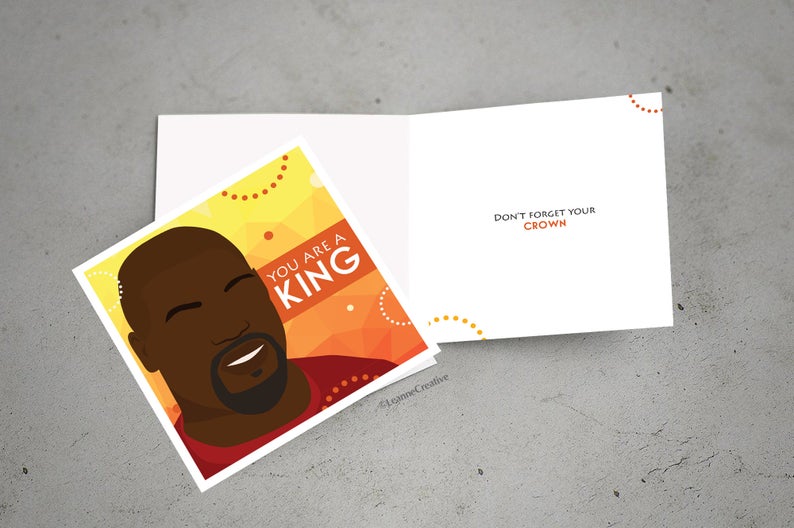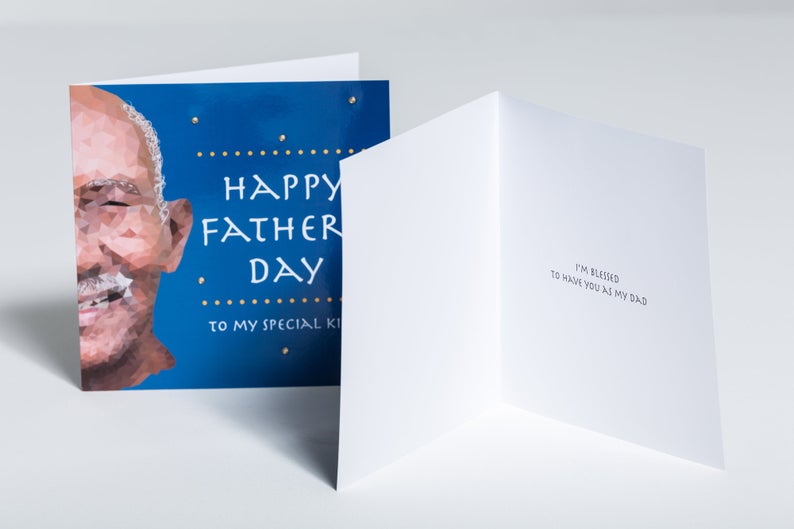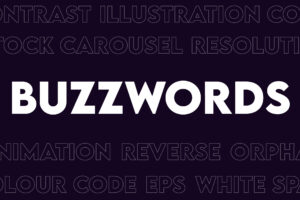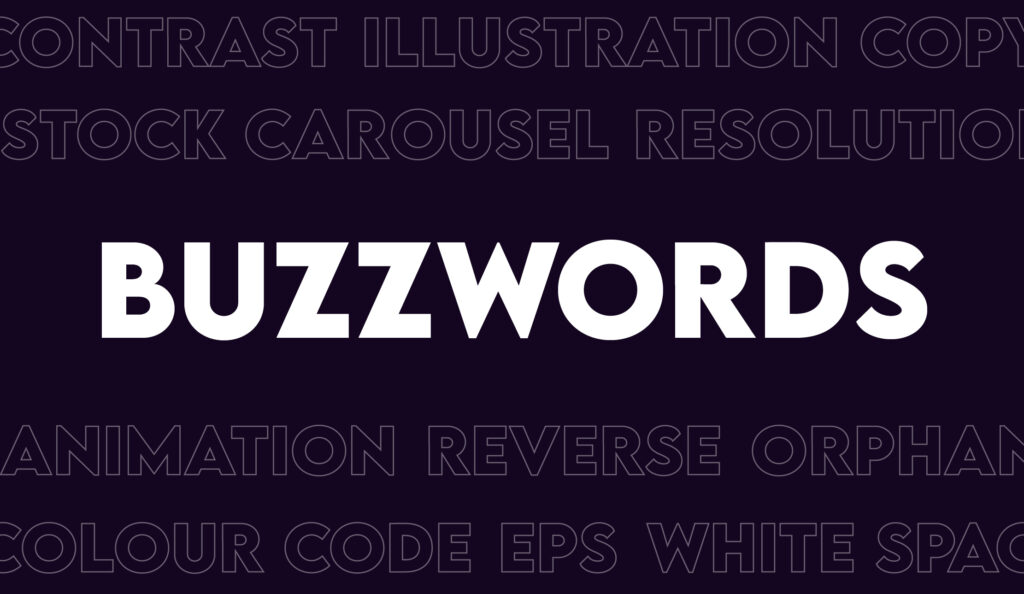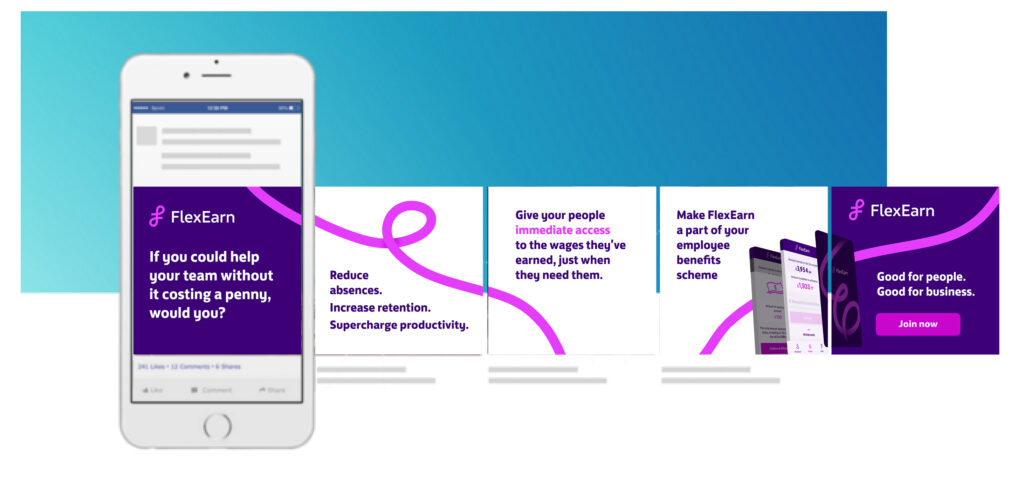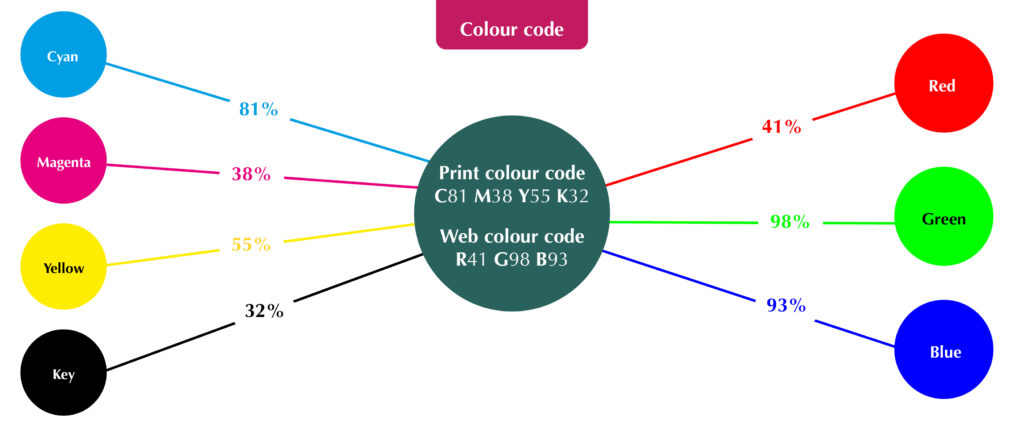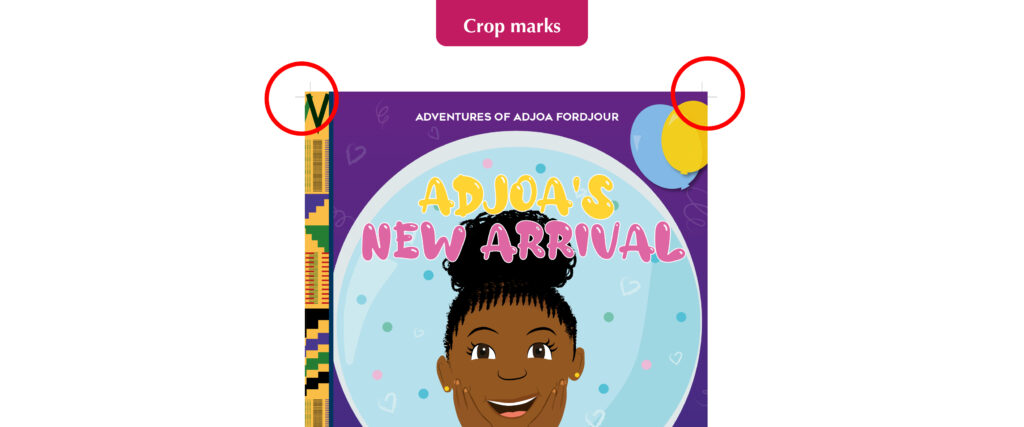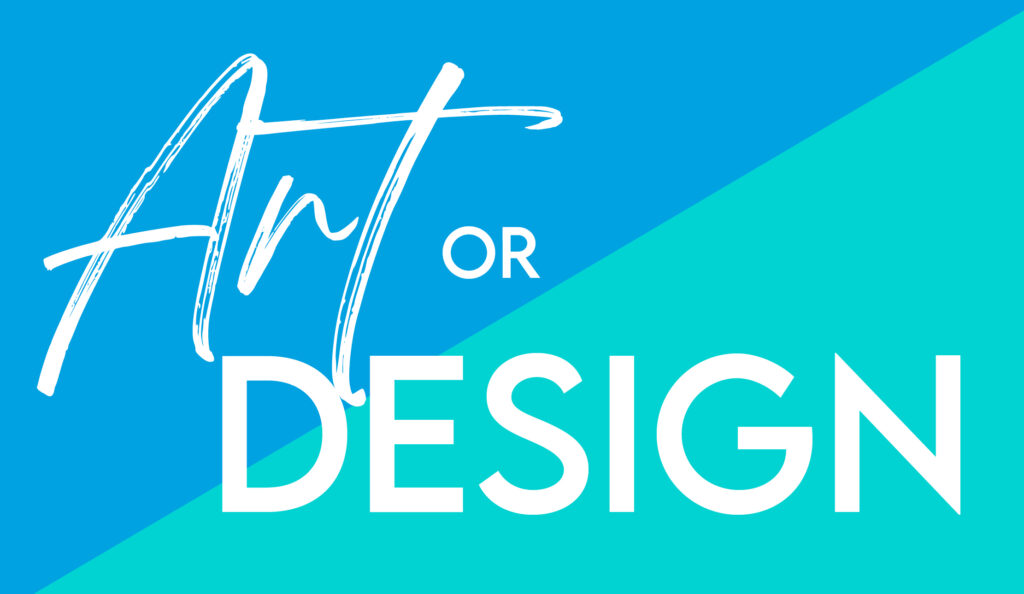
Growing up, I loved fine art (still life, acrylic painting and portraiture). I then fell in love with design after completing a Foundation Diploma in graphic design at the University of Arts, London. Some believe that the two disciplines are the same but there are actually distinct differences, which made my transition to design quite a learning curve!
In this blog, I have teamed up with mosaic artist, Dionne – founder of Qemamu Mosaics, a company that produces beautiful mosaic art – to discuss the differences between art and design and our experiences surrounding the two.
“I am a mother of two teenagers, mosaic artist, voiceover artist, ex gymnast and ex athlete and lover of life! As well as immersing myself into my mosaic practice, I love to take walks in nature, listen to a wide variety of music, from Classical to Old Skool hip hop, Soca, Neo Soul and R&B. I enjoy yoga and self-motivation material and my friends would probably describe me as a sweet and gentle soul, who loves a laugh and can be a bit random and crazy on occasion!” Dionne
Art
My experience with art was very fulfilling and explorative; I loved getting my hands messy with paints, inks and printing materials. It was a very experimental and rewarding part of my life and as students we were encouraged to express ourselves subjectively. There was no ‘right’ or ‘wrong’ as long as we could explain our reasoning and concepts behind our work articulately.
Art is a thing of beauty and it can and should be interpreted differently by different people. We bring our own thoughts and experiences to art and the same piece can evoke different feelings for each viewer. For example, have you ever viewed a famous, award-winning piece of art, worth millions and not ‘understood’ it, whilst others were praising it greatly and were able to deduce hidden meanings behind it? Well, that’s a powerful piece of art – its beauty is truly in the eye of the beholder!
“Art to me means total freedom of expression. Art is not confined to one discipline and has the ability to touch people’s soul in ways only felt by the viewer.” Dionne
Art allows you to use your imagination and be as abstract as you like. It can be appreciated at face value for its beauty or analysed and critiqued but there are not rules to be adhered to so get stuck in and enjoy!
Design
Design, on the other hand, does have its rules and restrictions because, generally, design has a function or purpose. For example, posters need to tell the viewers when and where certain events are happening and logos need to communicate whether a brand’s target audience is young children or pensioners. This means it is very important to follow certain design concepts that are universally understood in order to put across the right message to the right people.
As designers, we study universal perceptions of colour, fonts, imagery, hierarchy, sizing and more. For example, it is generally agreed that the colour light blue is calming and gentle, so we could use this colour for a massage therapy flyer. If we used a bright, fiery red with text in capital letters, it would give off the wrong impression to the majority of people, so we need to take this into consideration when designing.
If we break any ‘rules’, we risk the intended message of the design being lost. Have you ever seen a flyer and had no idea what the event was about or struggled to find important information like dates and time? This is probably because of poor design choices and a lot to rule breaking!
Take a look at the designs below. They have the same information on them but the font choices, colours and positioning/size of text has been changed. One follows good design practices making it clear and visually coherent, whilst the other breaks many of the best practice rules and the information is lost or is very confusing for the viewer.
Conclusion…
Both art and design have elements of creativity. Just because there are rules in design it doesn’t mean you can’t place things on a page creatively and use innovative ways to display information clearly – as they say… “Know the rules so you know how to break them properly!” I find design extremely rewarding; I love the challenge of taking information and presenting it in a way that is engaging, persuasive and visually attractive.
